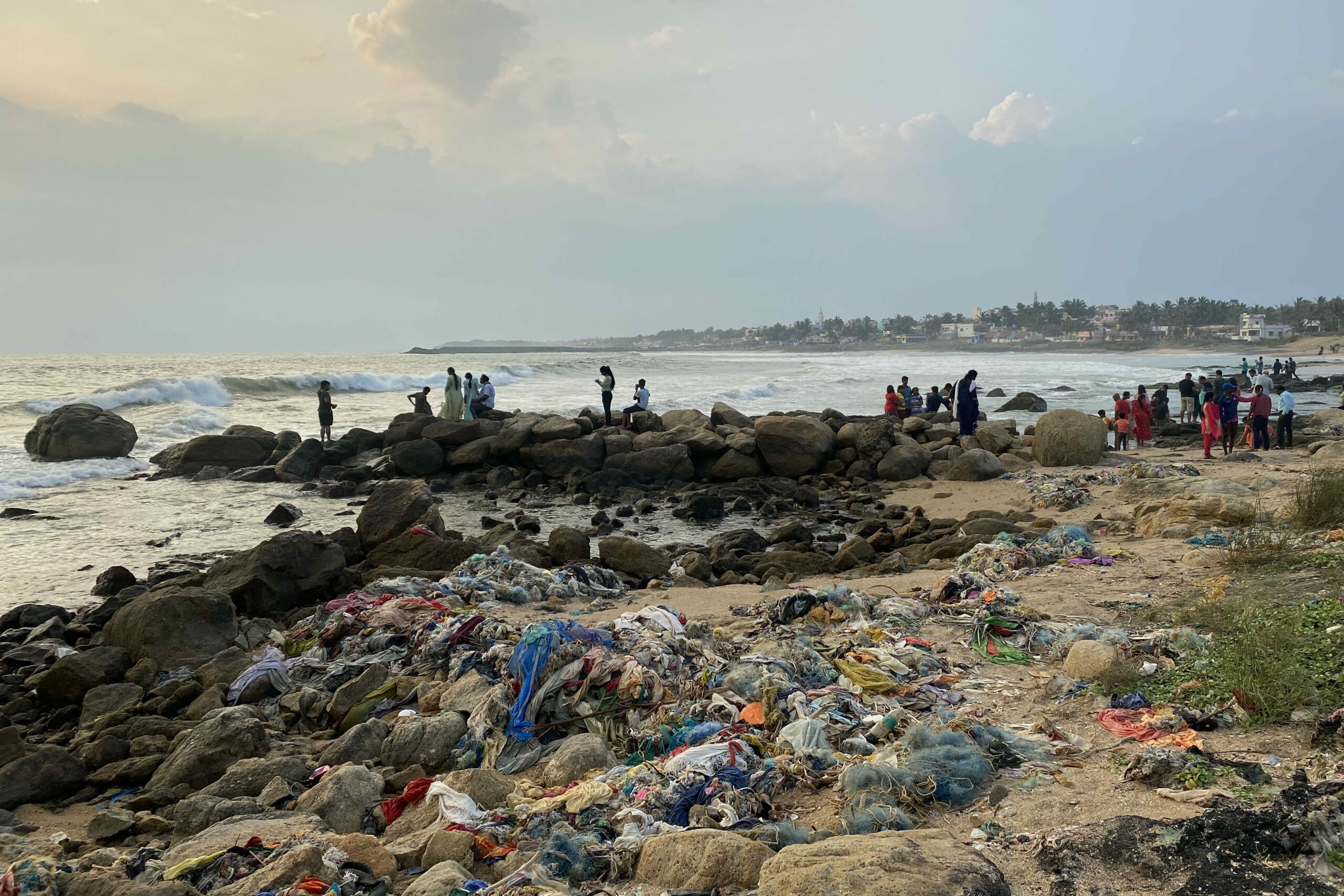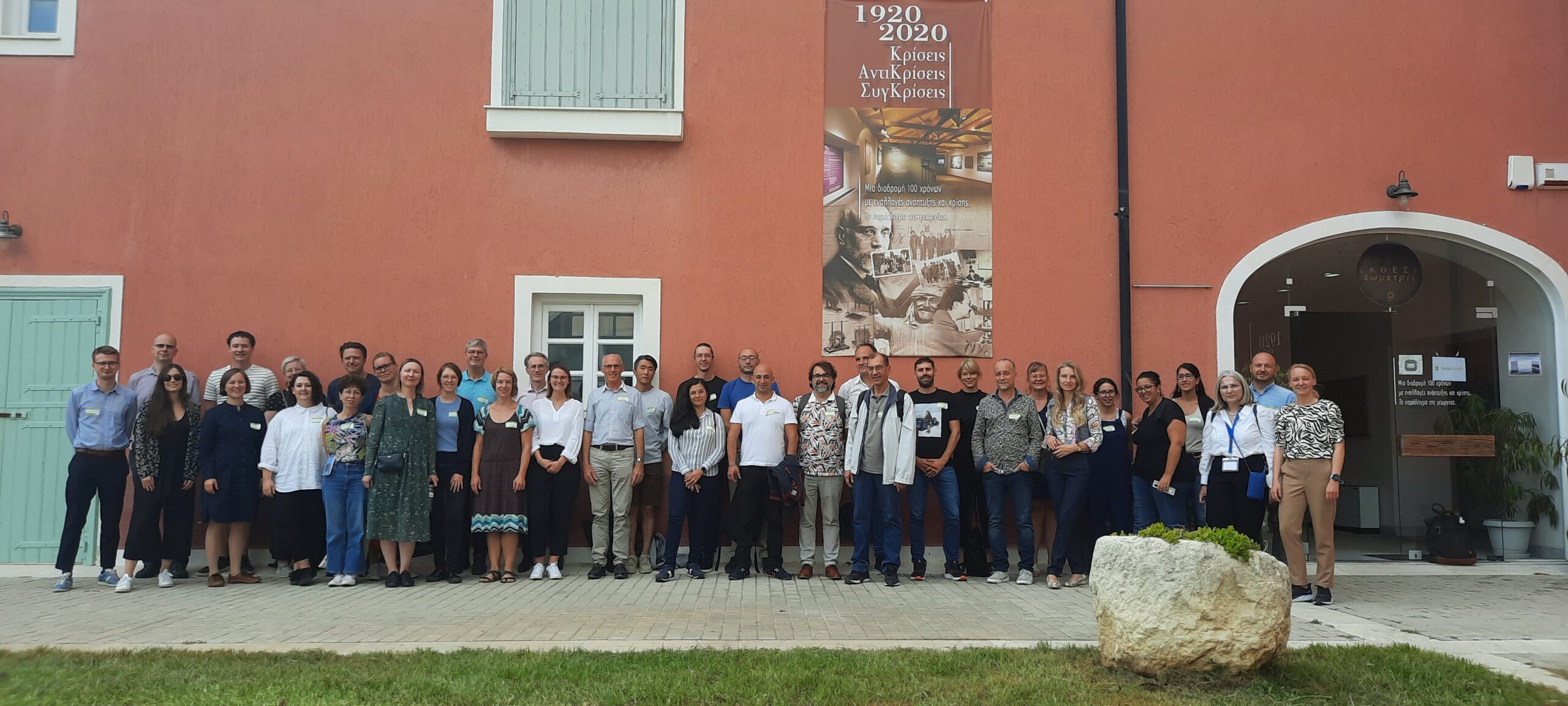Global agricultural value chains have utilised approximately 50 million tons of plastic, according to The Food and Agriculture Organization (FAO). Almost half of global usage happens in Asian countries and without suitable substitutes, the demand for plastic in agriculture continues to grow. Plastic can improve the longevity and productivity of plants, seedlings and saplings when used as protective covers and tree guards. However, only a small percentage of agricultural plastics are collected and recycled, specifically in developing countries. The composition of polymers and additives in plastic makes the sorting and recycling process difficult. In some regions, plastics are burnt, landfilled, or buried, worsening the climate change problem. Agricultural plastics can also harm the marine environment when damaged or discarded incorrectly, through physical, chemical, and biological effects. The upcoming global treaty on plastic pollution aims to build guidelines and frameworks for agricultural plastic management initiatives. It is necessary to improve awareness, share knowledge and encourage discussions on ways to decrease plastic contamination of soil and the harmful impact of agricultural plastics on the environment.
Library on Agricultural Plastics to Address Knowledge and Capacity Gaps
Further investigation into agricultural plastics and their alternatives is essential. This includes conducting life-cycle assessments of plastic products and compiling inventories of their quantities, usage, and waste management practices. The pathways of microplastics into the environment from the degradation of conventional agricultural plastics, their behavior in soil, and their impacts on environmental and human health remain largely unknown. In order to support analyses and advances on sustainability of the use of plastic in agriculture, IKHAPP with the technical support of FAO, has prepared a library of policy-relevant documents, which include research articles, databases and policy documents. While some records of plastic material flows exist, crucial data are often unrecorded, unavailable, or unverifiable. Although there is seminal evidence of the adverse impacts of microplastics on soil ecosystems, the materials and methods for testing and risk characterization are not yet standardized. To help bridge some of these knowledge and capacity gaps, visit our library on agricultural plastics by clicking the button below. The library module on Agricultural Plastics was developed with the technical collaboration of the Food and Agriculture Organization of the United Nations.






























